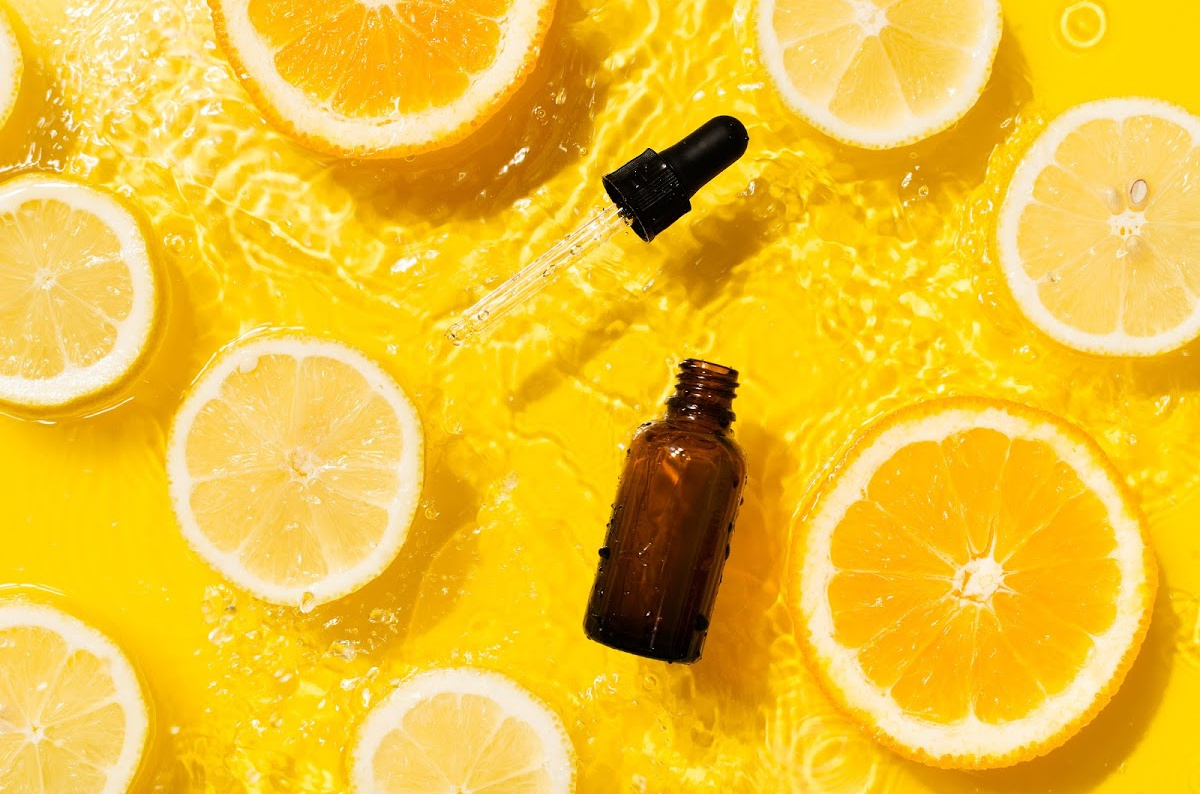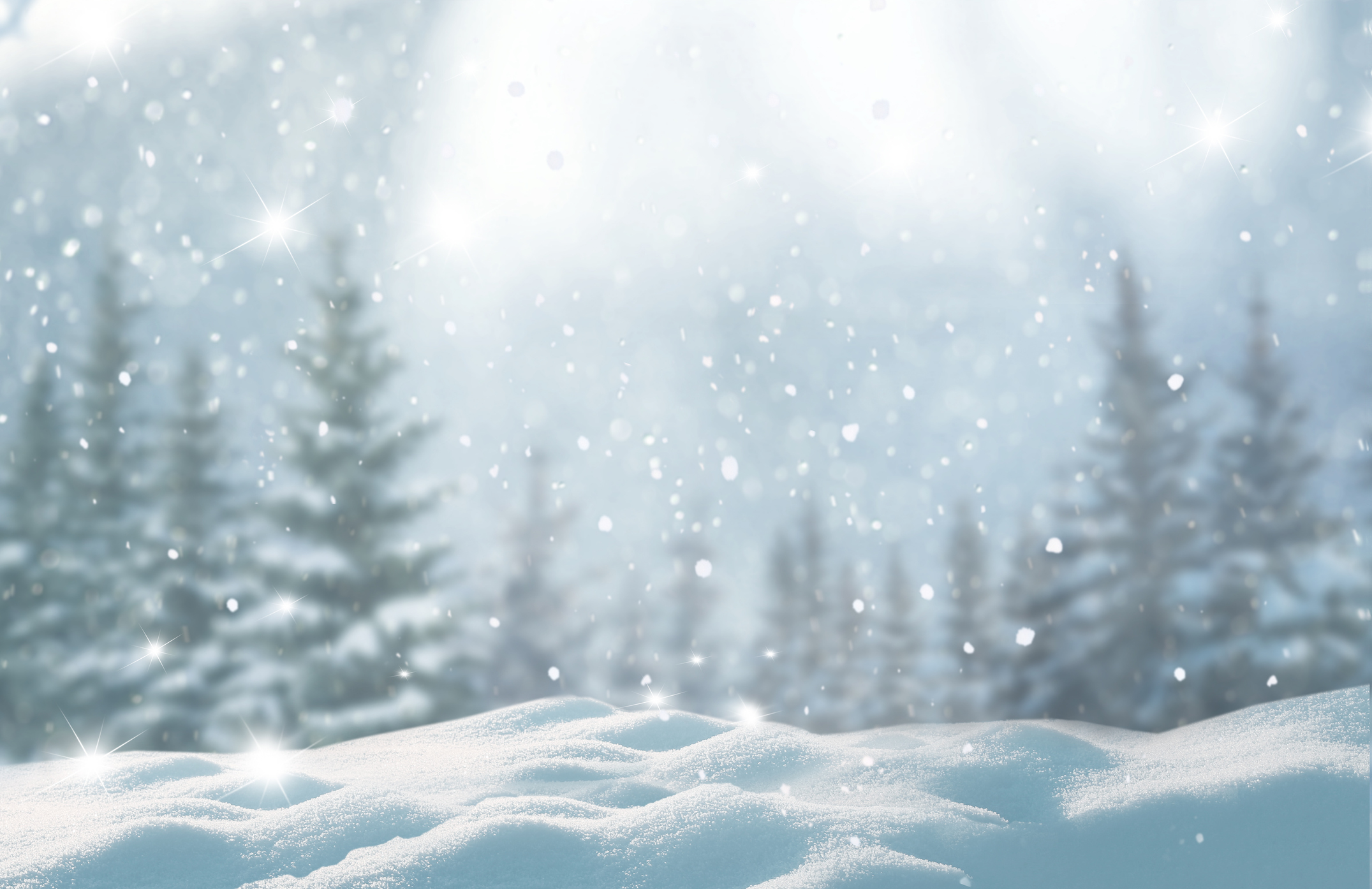There comes a time in our lives when we think we can take a sigh of relief. Whew! I’m so happy those cursed years are over, we think. The sweating for no reason, hair growing in weird places, and body changing days are behind us. Even better, we think, NO MORE ACNE! Those pimple-popping, giant white-head-for-picture-day worries are over!
Until we realize that they are NOT.
It’s a common misconception when we believe that acne only strikes growing teens. While fluctuating hormones are a factor in what causes acne, it’s not the only one. Many adults who seek to find out why they’re plagued by their adolescent years discover that acne vulgaris is the most common skin condition in the United States (Dr. Axe). With the right guide, they also find that they aren’t doomed to remain in a thirteen year-old skin ridden state of blackheads, whiteheads, and cysts forever. Even better, with the help of Forum Health Clarkston, they finally get to hear what their body is trying to tell them: There’s more going on than your skin troubles and it’s time for a change.
What is Acne?
Acne starts when greasy secretions from the skin’s sebaceous glands (oil glands) plug the tiny openings for hair follicles (plugged pores). If the openings are large, the clogs take the form of blackheads (small, flat spots with dark centers). If the openings stay small, the clogs take the form of whiteheads (small, flesh-colored bumps).
Both types of plugged pores can develop into swollen, tender inflammations or pimples or nodules (cysts). Nodules associated with severe cases of acne (cystic acne) are firm swellings below the skin’s surface that become inflamed, tender, and sometimes infected.
Main types of acne:
- Non-inflammatory Acne is characterized by whiteheads and blackheads
- Inflammatory Acne is usually a result of an infection due to acnes bacteria that can lead to tissue damage
- Cystic Acne is an intense form of acne that shows up as large, painfully inflamed cysts on the skin
- Acne Fulminans is a severe form of inflammatory acne that is common in males and usually appears on the jaw, chest, and back
- Acne Mechanica is triggered by excess pressure, heat, and friction. It is common in athletes, appearing as small bumps and occasionally inflamed lesions
Grades:
- I: Very mild, whiteheads, blackheads, and small pimples
- II: Moderate, frequent breakouts
- III: Inflammation, numerous papules (solid elevation of skin with no visible fluid), pustules (small bumps on the skin that contain fluid or pus), and some cysts
- IV: Severe, many cysts, pustules, and papules on face, back, chest, neck, and buttocks
Common Causes:
Whether we like it or not, our skin is a beaming reflection of our health. There’s not much we can do to get around it. When we are good to our bodies with proper care, hydration, and a healthy diet, it shows in our glowing, beautiful skin. On the other hand, when we do not give our bodies the proper environment to thrive—when we have a poor diet with sugar and other inflammatory foods—the skin is all too revealing.
- Clogged Pores due to too much sebum or dry and dead skin cells can also be a result of normal, everyday dirt and filth
- Bacteria by the name of Propionibacterium acnes, or P. acnes for short, lives at the base of the hair follicle and survives naturally in this low-oxygen environment, living off sebum and cellular debris
- Hormone Fluctuations and Imbalances are more common in teens; however, they are also common in adult women, which can be attributed to menstruation, polycystic ovarian syndrome, menopause, pregnancy, and increased androgen levels
- A Poor Diet that includes lots of refined grains, sugar, and unhealthy fats can trigger an inflammatory response in the entire body, especially the skin
- Stress and related problems such as depression and anxiety can lead the skin to produce more oil, which can clog pores and cause breakouts
- Sleep Deprivation promotes stress, which causes an increase in the substance cortisol in the body and, in turn, causes the skin to secrete more sebum
The Problem with Modern Treatment
Most people choose to live with the frustration and hope it goes away. Eventually, desperation can lead many to seek out medical advice. This usually turns into oral and topical medications and/or chemical treatments. The two most common ingredients used in acne treatments are benzoyl peroxide, which is used to kill bacteria found in pores to prevent clogging; and salicylic acid, which helps remove excess cells that trap sebum and bacteria inside pores.
The problem with these modern treatments is that they often have some pretty powerful side effects on already sensitive or inflamed skin. The topical treatments are known to cause hives, dry skin, stinging, redness, and peeling. The side effects of oral antibiotics depend on the medication; however, they usually cause problems such as upset stomach, dizziness, skin color changes, sun sensitivity, and even depression.
Common mistakes when trying to overcome acne:
- Picking blemishes
- Using harsh chemicals and cleaners
- Failing to stay hydrated
- Not giving your body the right environment, inside and out
Natural Remedies
Healthy Diet: Avoid processed foods and sugar all together. These foods only make acne worse by spiking blood sugar and increasing insulin, which then increases the production of skin oils. Your skin thrives on healthy foods! Include organic grass-fed meats and wild caught fish, clean protein, healthy fats, and organic fruits and vegetables.
Cleanse: Aside from a healthy diet, fighting acne starts with a gentle cleanse. Find a cleanser that doesn’t irritate your skin. You’ll want to find skin-soothing ingredients like honey, coconut oil, and tea tree oil. There are also homemade recipes like Dr. Axe’s face wash:
Homemade Honey Face Wash for Clear Skin
Total Time: 2 minutes
Serves: 30
INGREDIENTS:
- 1 tbsp coconut oil, melted
- 3 tbsp honey
- 1 tbsp apple cider vinegar
- 20 drops melaleuca (tea tree) essential oil
- 2 capsules of live probiotics
Directions:
Mix all ingredients together until well-combined
Pour into a convenient bottle and store in cool place.
Masks: Applying a mask 2-3 days per week can hydrate, soothe, and heal the skin. There are a number of recipes that you can find on sites such as Pinterest or Dr. Axe that are made up of simple ingredients like yogurt, essential oils, and honey.
Exfoliate Regularly: Exfoliate regularly to avoid buildup. The one thing to always watch out for, however, are the commercial scrubs ridden with chemicals. DIY exfoliating scrubs are safe and easy to make. Find an ingredient that’s gritty like ground oatmeal, brown sugar, or sea salt. You’ll also want to find a textured base like honey or coconut oil to unclog pores and remove dead skin. Such ingredients also help fight bacteria and candida on the skin. There are many DIY recipes on Pinterest. You just have to look!
Melalecua (Tea Tree): Spot treat with a good antiseptic like tea tree oil to fight the fungi and bacteria. Research has shown that this can be as powerful as the benzoyl peroxide found in most modern treatments (Dr. Axe). Make your own remedy by mixing 4-8 drops of tea tree oil with a teaspoon of fractionated coconut oil. Dab the areas lightly with the mixture. Slight tingling is normal, but it should not burn! Warning: tea tree oil can be harsh, so always use a carrier oil. Do not ingest!
Moisturize: Many believe that acne-prone skin needs to stay dry. Not True. The skin still needs to be moisturized to be healthy. Dry skin tries to hydrate itself with oils. When commercial products dry out the skin, it produces even more oils and further clogs pores. Try using coconut oil as a moisturizer. It hydrates as well as fights the bacteria that causes acne. To use, warm a small amount in your hands and apply. Allow to sit for a few minutes and then dab off the excess oil with a dry towel. Too much excess can cause a breakout, so remember that last part!
Final Thoughts
If you or your teen are struggling with acne, Forum Health Clarkston can get you on the path to healing. With our customized plans, we use a functional medicine approach to get to the root cause and start healing the body from within. Our programs teach lifelong education that will allow you to get to know your body. Give us a call today to sign up for our FREE Meet and Greet!
Adrian Schirr
Forum Health Clarkston
7300 Dixie Hwy., Ste 500
Clarkston, MI 48346
248-625-5143
References:
Dr. Axe
WebMD




